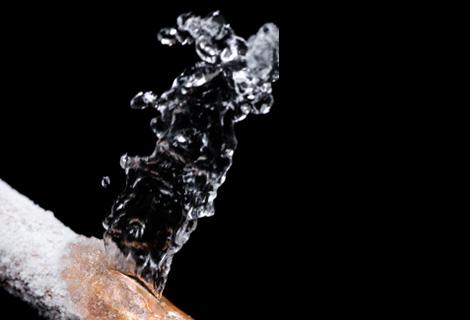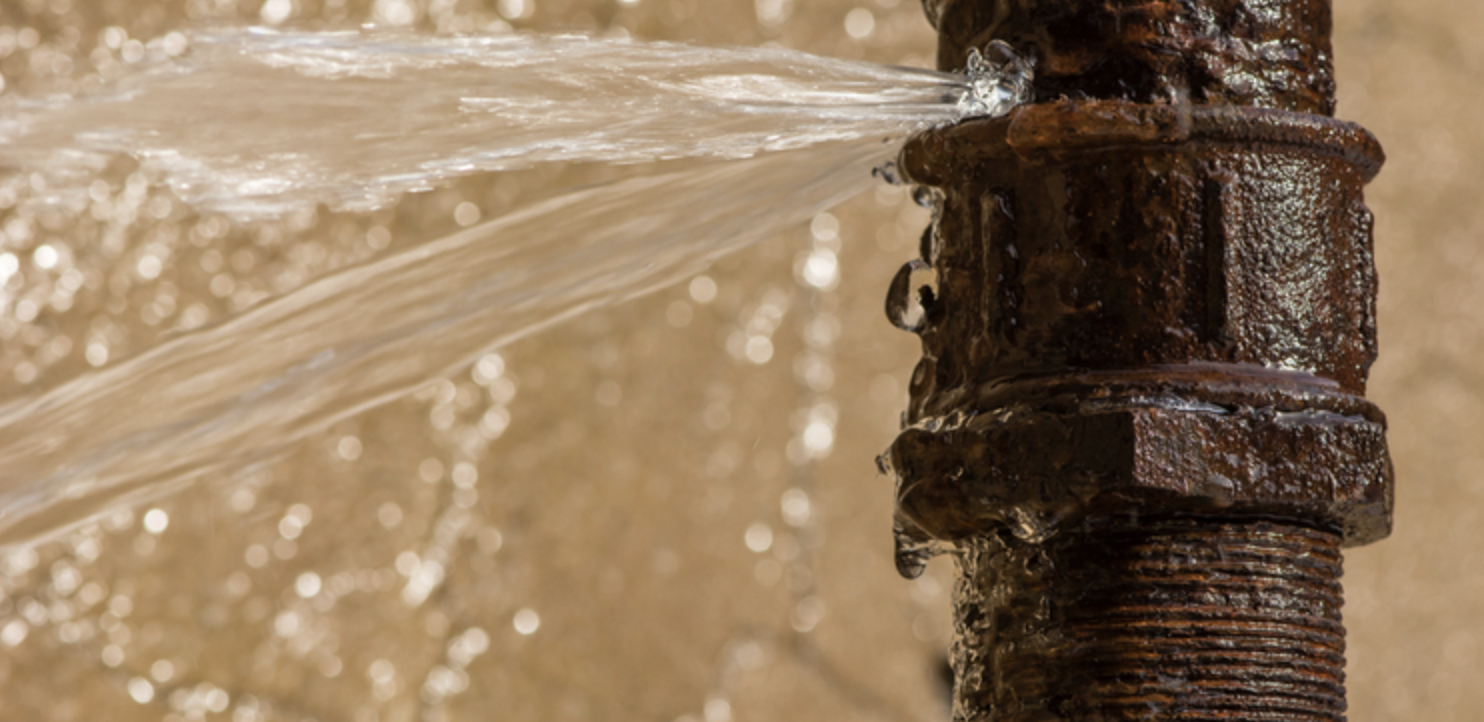What to Promptly Identify and Effectively Fix a Burst Pipe
What to Promptly Identify and Effectively Fix a Burst Pipe
Blog Article
Here below you'll find additional good quality additional info involving How to install a dishwasher safely.

A burst pipe is a significant emergency; you can only stand as you see water you pay very much to reunite with the planet. In worse instances, you discover a pool on your kitchen flooring, which is a great trip danger, particularly if you have children around. If the pipeline that ruptured was in your walls, problem: you might need to paint that whole section.
Just how can a calamity like a ruptured pipeline be stopped and also managed? Well, by paying attention to your professional emergency plumbing technicians and complying with these regulations.
Just how do I recognize when my pipes have ruptured?
Varying water stress
Pipes do not simply burst in a day. You may have noticed that your kitchen area tap or shower doesn't run quickly when you turn the tap. It may stop for a few secs and after that blast you with more force than common.
In other circumstances, the water may appear normal initially, then drop in stress after a few secs.
Damp walls as well as water spots
Before a pipeline bursts, it will certainly leakage, many times. If this consistent leaking goes undetected, the leakage might finish right into a wide tear in your pipeline. One very easy means to prevent this emergency is to keep an eye out for damp wall surfaces advertisement water discolorations. These water stains will lead you right to the leak.
Puddles under pipes and sinks
When a pipe bursts, the outflow develops a puddle. It may appear that the puddle is growing in size, as well as regardless of how many times you mop the pool, in a couple of minutes, there's another one waiting to be cleaned up. Commonly, you might not be able to trace the puddle to any noticeable pipes. This is a sign to call a professional plumber.
Untraceable dripping noises
Pipeline bursts can occur in one of the most unpleasant areas, like within concrete, inside walls, or under sinks. When the house goes quiet, you might have the ability to hear an irritatingly consistent dripping sound. Even after you've inspected your shower head as well as kitchen area tap, the leaking may continue.
Dear visitor, the dripping may be coming from a pipe inside your walls. There isn't much you can do about that, except tell a specialist plumber.
Shut off the Water
When water freezes, it increases in quantity by about 9 percent. As well as it expands with remarkable force: The pressure inside pipes might go from 40 pounds per square inch to 40,000 psi! No pipe can hold that much pressure, so it bursts. The break may occur where the ice forms, but more often, it occurs where water stress discovers a weak point in the pipeline. That might be inches or even feet from the icy location. Locate the water shutoff valve and also shut off the water to avoid even more damages. You might additionally require to turn off the electrical energy also, relying on where the leaks takes place as well as exactly how huge it is.
Polluted water
Lots of people assume a burst pipeline is a one-way outlet. Rather the contrary. As water drains of the hole or tear in your plumbing system, pollutants find their way in.
Your water might be contaminated from the resource, so if you can, examine if your water container has any type of problems. However, if your drinking water is provided and detoxified by the city government, you must call your plumber quickly if you see or scent anything funny in your water.
What do I do when I detect a burst pipeline?
Your water meter will continue to run even while your water wastes. To reduce your losses, locate the primary controls and also turn the supply off. The water pipe are an above-ground framework at the edge of your property.
How to Fix & Detect a Leaking Pipe
How Do I Know if a Pipe is Leaking?
Leak detection tests can help you determine if your pipe has a leak. Even if you don’t see an apparent leak, you should still conduct leak detection tests regularly to save water and money—and prevent major damage to your home.
Water meter. It can be helpful to figure out what your usual water meter usage numbers are and then monitor them regularly. To monitor your meter, first, turn off all water faucets in your home. Check the meter and write down the numbers. In a few hours, check the meter again. If the numbers have changed, you have a leak. Water gauge. Use a water gauge to test your water pressure. Your showerhead should produce a certain amount of water pressure based on its model and design. If the pressure is lower than it is supposed to be for that specific showerhead, your home likely has a leak. Puddles. Look inside your bathroom, laundry, and kitchen sink cabinets. Puddles around the cabinets or around toilets, tubs, showers, and washing machines indicate the presence of a leaking pipe. You may also notice loose tiles, peeling or flaking paint, or mold caused by water accumulation. Napkin test. Even if you don’t see any puddles, you may still have a leak. You can test for water leaks in the bathroom, laundry, and kitchen by wiping below-sink connections with a napkin, paper towel, or piece of toilet paper. If it becomes damp, you probably have a leaking pipe under the sink. Discolored walls. Walls that are discolored—usually with brown or yellow stains—or bulging might mean that they have been impacted by water damage caused by a leaking pipe. Smell. A leaky pipe will create sitting water, and over time, that water may develop a musty smell. If your home smells musty, but you can’t locate the source, it may be due to a leak. Steps for Fixing a Leaking Pipe
A leaky drain can be remedied by tightening the pipe base, replacing the drain seal, caulking the rim, and tightening the pipe nut. Similarly, a leaking toilet pipe can be treated by tightening the packing nut. You may also need to replace the valve. A leaky faucet may just need tightening or replacement of the washers. If that doesn’t work, consider replacing your faucet. If your pipe has a hole in it, you may want to use a pipe leak sealer or pipe leak tape. This quick fix for water pipe leaks can also temporarily fix a copper pipe leak. https://www.ahs.com/home-matters/quick-tips/how-to-tell-if-pipes-are-leaking/

As a serious reader about How to Prepare for Your Dishwasher Installation, I thought sharing that chunk was worthwhile. Sharing is caring. Helping others is fun. Many thanks for your time. Please pay a visit to our site back soon.
Quality fix? Call! Report this page